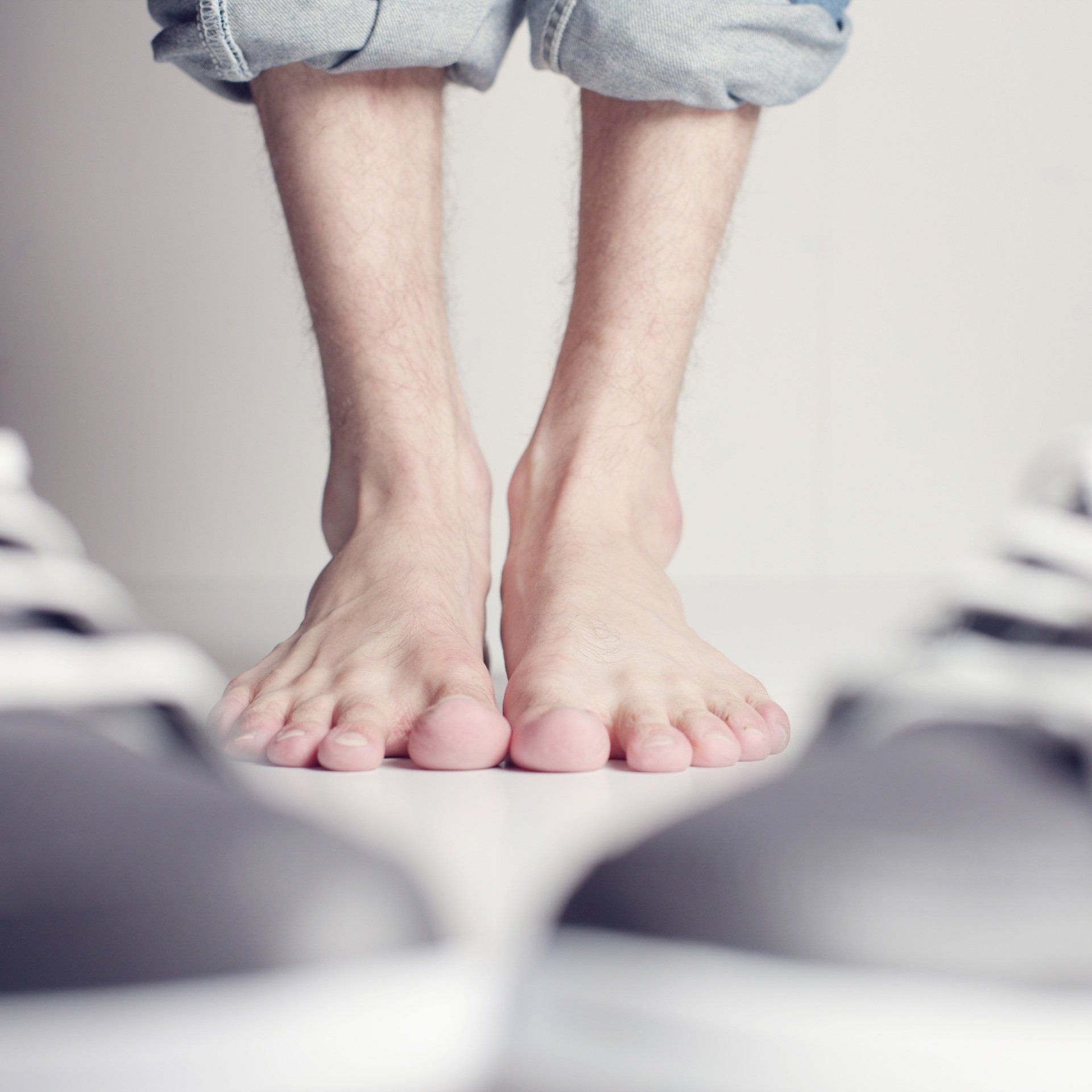Flatfoot
What is Flatfoot?
Flatfoot is often a complex disorder, with diverse symptoms and varying degrees of deformity and disability. There are several types of flatfoot, all of which have one characteristic in common: partial or total collapse of the arch.
Other characteristics shared by most types of flatfoot include:
- Toes and front part of the foot point outward.
- The heel tilts toward the outside and the ankle appears to turn in.
- A tight Achilles tendon, which causes the heel to lift off the ground earlier when walking and may make the problem worse.
- Bunions and hammertoes may develop as a result of a flatfoot.
Flexible Flatfoot
Flexible flatfoot is one of the most common types of flatfoot. It typically begins in childhood or adolescence and continues into adulthood. It usually occurs in both feet and progresses in severity throughout the adult years. As the deformity worsens, the soft tissues of the arch may stretch or tear and can become inflamed.
The term “flexible” means that while the foot is flat when standing (weight-bearing), the arch returns when not standing.

Causes
Symptoms
Symptoms include:
- Pain in the heel, arch, ankle, or along the outside of the foot.
- “Rolled-in” ankle.
- Pain along the shin bone.
- General aching or fatigue in the foot or leg.
- Low back, hip, or knee pain.
Diagnosis
In diagnosing flatfoot, the foot and ankle surgeon will examine the foot and observes how it looks when you stand and sit. X-rays are usually taken to determine the severity of the disorder. If you are diagnosed with flexible flatfoot but you don’t have any symptoms, your surgeon will explain what you might expect in the future.
Non-surgical Treatment
If you experience symptoms with flexible flatfoot, the surgeon may recommend non-surgical treatment options, including:
- Activity modifications.
- Weight loss.
- Orthotic devices.
- Immobilization.
- Medications.
- Physical therapy.
- Shoe modifications.
When is Surgery Needed?
In diagnosing flatfoot, the foot and ankle surgeon will examine the foot and observes how it looks when you stand and sit. X-rays are usually taken to determine the severity of the disorder. If you are diagnosed with flexible flatfoot but you don’t have any symptoms, your surgeon will explain what you might expect in the future.


